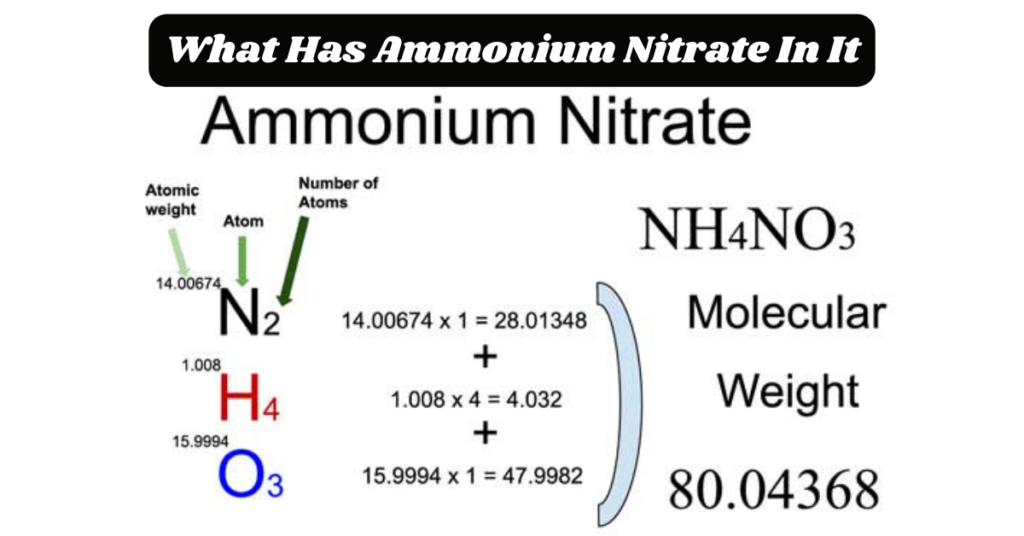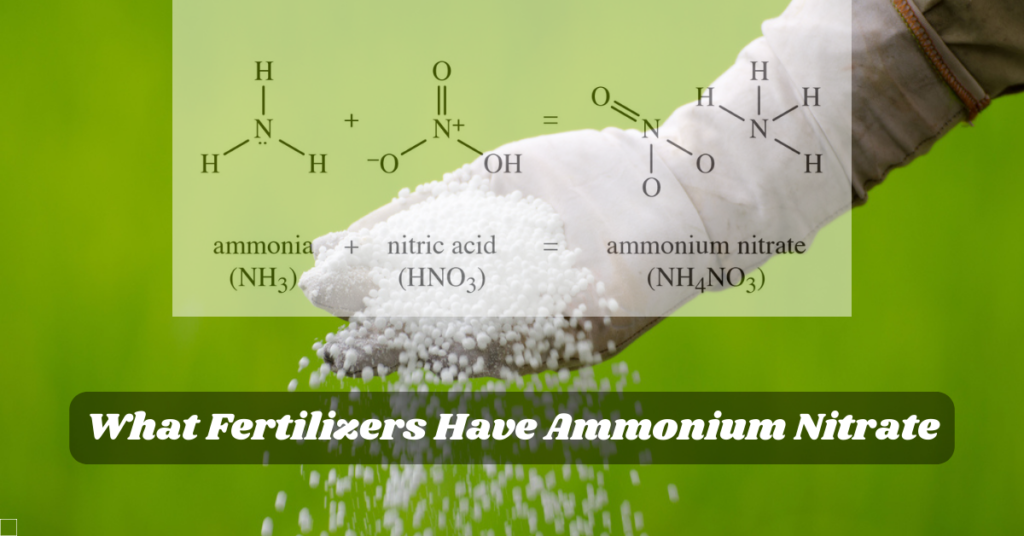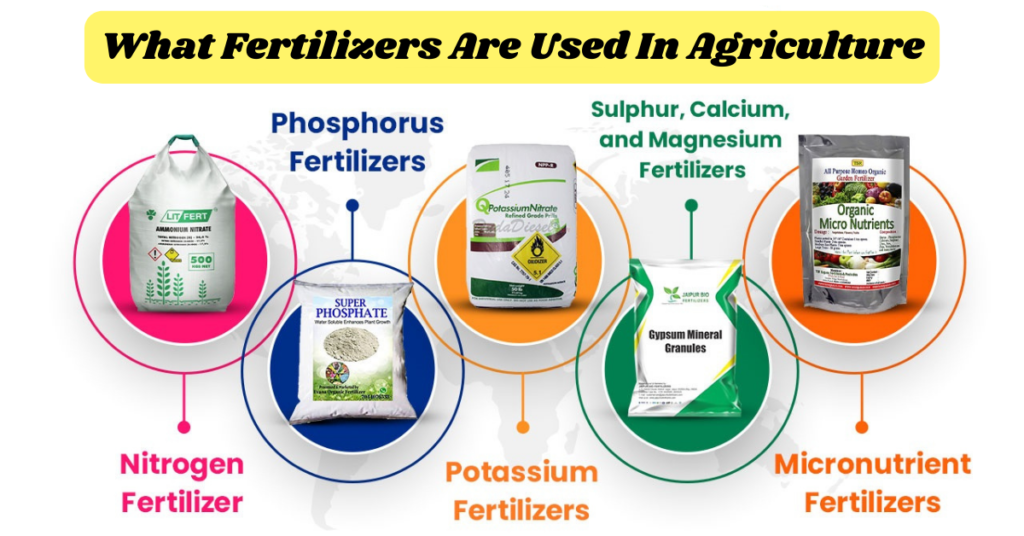“What Has Ammonium Nitrate In It”
In recent years, ammonium nitrate has garnered significant attention due to its presence in various products and industrial processes. From fertilizers used in agriculture to explosives utilized in mining and construction, this compound plays a multifaceted role across different sectors. Its versatility extends to pyrotechnics, where it contributes to the vibrant displays of fireworks, as well as to cold packs, providing relief in moments of discomfort. However, alongside its utility comes a pressing need for stringent safety measures and regulatory oversight. The dynamic landscape of ammonium nitrate usage underscores the importance of understanding its presence in everyday items and industrial settings, ensuring responsible handling and mitigating potential risks.
“What Has Ammonium Nitrate In It” Read More »









